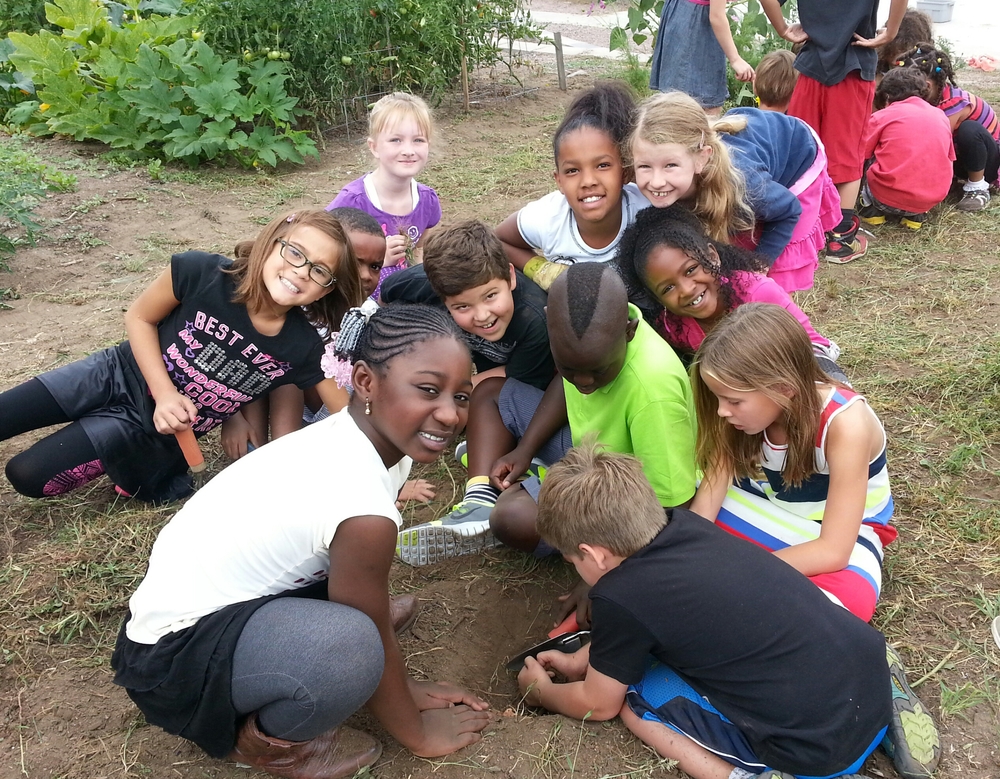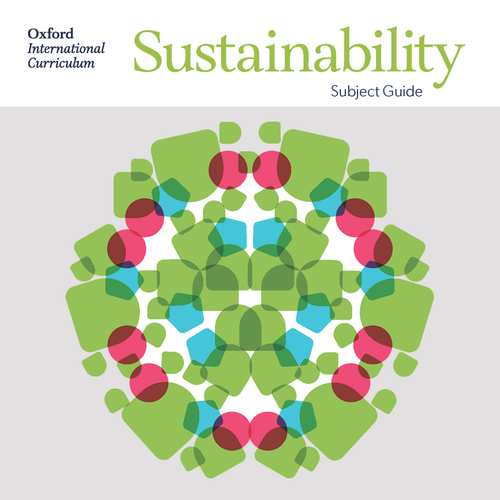Check out this fun video of Jaimie engaging with students at the Chinese International School in Hong Kong.
Read MoreThe Student Kitchen is a nonprofit focused on culinary education for New York City middle and high school students. The goal of the program is to equip students with the confidence and the skills to cook for themselves and families, make healthy choices, and better understand where their food comes from. Through live demos and workshops, The Student Kitchen works hands on with participants at their schools and in their communities. They also assist with mutual aid efforts and community projects.
Read MoreA recent report and series of contract negotiations spotlight how teachers’ unions across the U.S. are using collective bargaining to demand climate action in schools.
In Chicago, the teachers’ union secured commitments for installing solar panels, enhancing indoor air quality monitoring, and integrating climate curricula. Meanwhile in Minnesota, educators pressed for an environmental task force and free transit access, and in Los Angeles, the demands include electrifying bus fleets and installing EV charging stations at schools. These moves underscore how contract talks are powerful levers for climate progress.
Read MoreOregon has passed a new law requiring climate change and sustainability to be integrated across school subjects — thanks in large part to the persistence of Mikayla May, a student at Caldera High School in Central Oregon.
Mikayla became the driving force behind House Bill 3365 after noticing that her classes taught the science of climate change but not the solutions. “We’re only taught the problems and the causes of climate change,” she said. “We don’t learn anything about the solutions.” Determined to change that, Mikayla partnered with Oregon Educators for Climate Education and testified before lawmakers, helping push the bill through the 2025 legislature.
Read MoreWe were delighted to deliver a recent webinar for Oxford University Press, as part of our ongoing collaboration on the Oxford International Curriculum for Sustainability. The session, led by Jaimie Cloud, invited educators from around the world to explore how sustainability can be meaningfully integrated into everyday teaching and learning.
If your school, organization, or network is interested in learning more about Education for Sustainability, Jaimie Cloud offers engaging webinars and professional development sessions tailored to your community’s needs. Contact us to schedule a session or learn more.
Read MoreIn October 2025, the Cloud Institute will be offering an Education for Sustainability workshop in the Nakivale Refugee Camp in Uganda. This is a project initiated by Rosemarie, our program specialist here at the Cloud Institute.
Read MoreOur work with the NYC Department of Education’s High School Career Technical Education continues and has now been merged into the CTE Academic Integration Blueprint. This document aims to bridge the gap between graduation rate and low college readiness by facilitating the integration of CTE and academic coursework, training teachers to develop integrated curriculum and promoting high quality project-based learning (PBL) practices in academic classes. One of the plan’s five objectives is to “Infuse sustainability principles throughout CTE and academic content curricula”.
Read MoreI have been working with Kapalama Middle School at the Oahu campus of Kamehameha Schools for the past seven years. We would like to continue our work together, but for now, the contract has been completed. How can we know if the work we have done together to educate students for a sustainable future will last and will be improved over time? We can’t. What we can do is create favorable conditions for it to flourish over time—just like everything else we want to sustain. As I always say, there is no such thing as “sustain-guaranteed” but there is such a thing as “sustain-able”.
Read More









